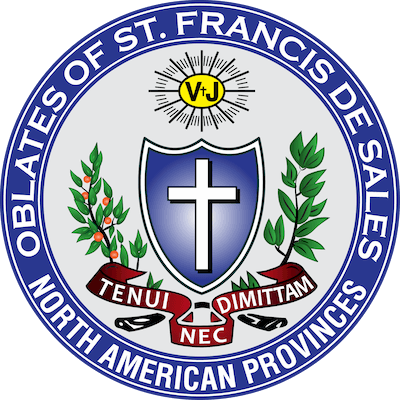Luke’s Gospel begins with a resolution to write an account of the events of Jesus’ life. Today’s account comes from the last chapter of his Gospel.
This passage was not an “appearance story.” It relates what happened after Jesus joined two disciples as they walked with their backs toward Jerusalem; they were going out of town. What they heard about the women’s report that Jesus was alive was not important enough for them to stay and find out more. Their hope of Jesus setting Israel free from Rome was dashed. They despaired.
Jesus opened their eyes to the answer to his question: “Was it not necessary that the messiah should suffer these things and then enter into his glory?” They did not understand Jesus as the fulfillment of the prophecies of the Old Testament. Unfortunately, we do not have the record of Jesus’ teaching this day about the Old Testament and himself; that is a loss that was later filled in.
They did not comprehend the connection between the Eucharist and the cross. The connection is not obvious; perhaps it would be helpful for us to look at it. The breaking of bread at their meal near Emmaus was critical. As John Shea says, “the cross and the bread mutually interpret each other.” Like the former wheat that died and became new life as bread; as crushed “vine-juice” died and became new life as wine; Jesus died and became new life in a new, resurrected body. Greater love has no one than to lay down his life for his friends whether it is wheat, grapes, Jesus. The disciples put it together when Jesus made the gesture of breaking the bread at the meal they shared with Jesus. They “got it.”
They returned to Jerusalem and met with the eleven disciples. They heard that Jesus had appeared to Peter. His appearance in his resurrected body was somewhat the same and somewhat different than before he died. Remember, Mary, who loved him and was loved by him, did not recognize him. The disciples on the road did not recognize him. He had to look different. His new, resurrected body was able to pass through closed doors.
One of the most persistent heresies of the early church arose from this different appearance. Jesus was understood by some to be god with a human appearance – a kind of Halloween situation. These people were called “docetists” from the Latin word meaning, “appear, seem.” Much attention was then given to the actions of Jesus that showed that he was not a ghost or a phantom. For that reason, we hear repeatedly in this late-written Gospel that Jesus invited people to touch with their fingers, put hand inside; he ate fish in front of them.
He also opened the minds of the eleven to the scriptures written about him. He commissioned them to be witnesses of him.
The community had a real concern with the delay of the second coming of Jesus. They first expected he would be back “any day now.” Now it was getting toward the end of the first century. What were they supposed to do until Jesus came again?
Their clear answer from Luke is proclaim the good news - to all! It does not matter that Jesus did not come right back. What matters is that we, his followers, embody the presence of the risen Jesus and be ambassadors of his message of love, forgiveness and reconciliation. May we look for a friend or relative that needs to be asked if he or she might be interested in finding out more about the faith and inviting that person to “come and see.”



